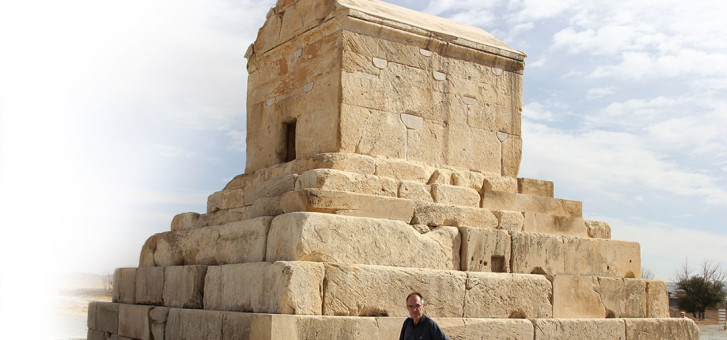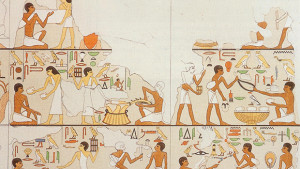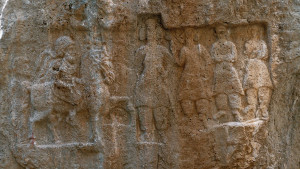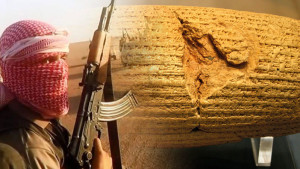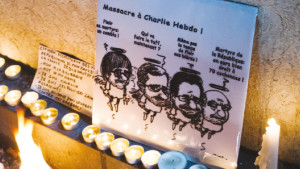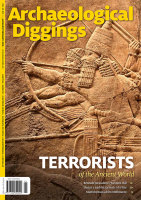I write this in the wake of the barbaric attacks by ISIS in Paris that left 130 dead and more than 360 wounded. Just two weeks before, ISIS killed 224 people when they downed a Russian passenger jet in Egypt. This year especially, ISIS has killed and maimed people with reckless abandon throughout the Middle East and Europe. According to the Institute for Economics and Peace, the number of people killed globally in terrorist attacks jumped 80 percent
last year to the highest level ever recorded. A staggering 32,658 people were killed by terrorists in 2014, up from 18,111 the previous year. Nigeria-based Boko Haram and the Islamic State group were responsible for more than half of the deaths, according to the study. Unquestionably, terrorism is on the ascendency.
However history reveals that no society which gives itself up to such brutality can expect not to disintegrate. The noted English historian, Sir Arnold J Toynbee, analysed the histories of 21 civilizations, including ancient Rome, Babylon, the Greeks and the Aztecs. In his epic A Study of History, he describes six characteristics of civilizations on the brink of collapse—the first of which he terms a “schism of the soul,” in which a society commits a type of cultural suicide, where something down deep inside of the corporate psyche of society snaps, and by which a civilization thereby self-destructs by destroying its own soul. Ancient Assyria’s lust for violence and blood is perhaps the best example. Our cover story, “Terrorists of the Ancient World” not only reveals that terrorism is nothing new, but is an ominous warning for our civilization.
Which brings us to this, the first issue of 2016, which is packed full with interesting reading. Rick Stone’s stimulating article on page 20 brings enlightenment on the first of the Greco-Persian wars. Daryn Graham introduces us to one of Rome’s wisest and most loved Emperors—Nerva, under whom Rome experienced its happiest time. We take a journey in time via the excavations
of Jerusalem’s Western Hill with Titus Kennedy, and Susan Hartwell gives a sneak preview of the “Mummymania” exhibition at the Classics and Archaeology Gallery, Ian Potter Museum of Art at the University
of Melbourne.
Don’t miss the opportunity of a lifetime to visit Iran and see the fabulous ruins of Persepolis. In recent years, Iran has been one of the great highlights of our tours. People have already booked for our 2016 tours (see the advert on the back page and contact us for more information).
We wish you all a very prosperous new year and a happy read from this issue.

